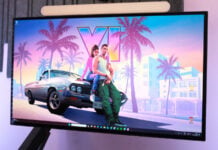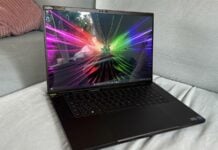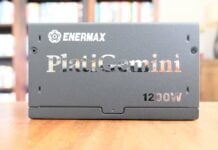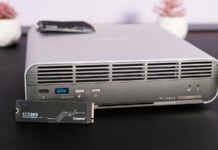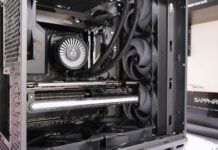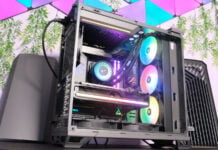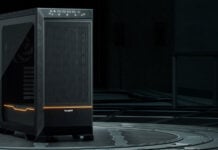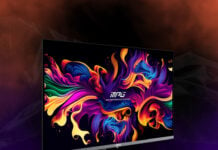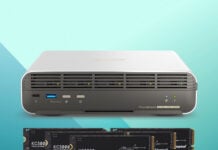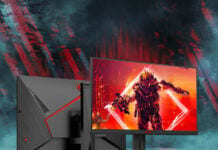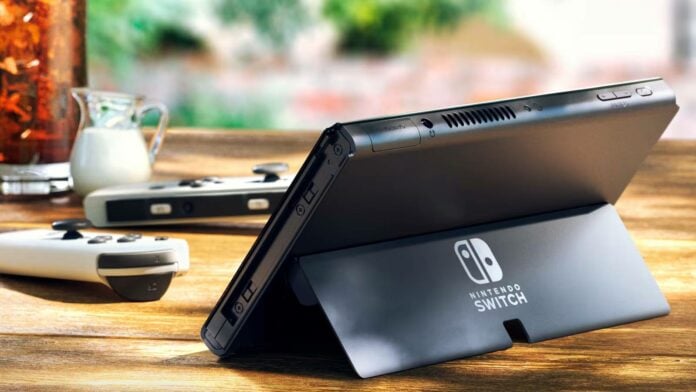
The president of Nintendo, Shuntaro Furukawa, has taken to social media to announce that the Nintendo Switch 2 will be formally announced this year. It’s been a long time coming, but we could see the hardware debut sometime in 2025, all being well.
The Twitter post from the official NintendoCoLTD account goes into detail about the “successor to Nintendo Switch” with Furukawa reminding consumers that it’s been nearly nine years since the announcement of the original Nintendo Switch, which has been available since 2017. That’s right, it’s been a lifetime in terms of mobile hardware, and the console has been struggling for a handful of years. After missing the boat on a Switch Pro, a successor system has been long overdue, and here’s what I want to see from the sequel machine.
1. A new Nvidia GPU
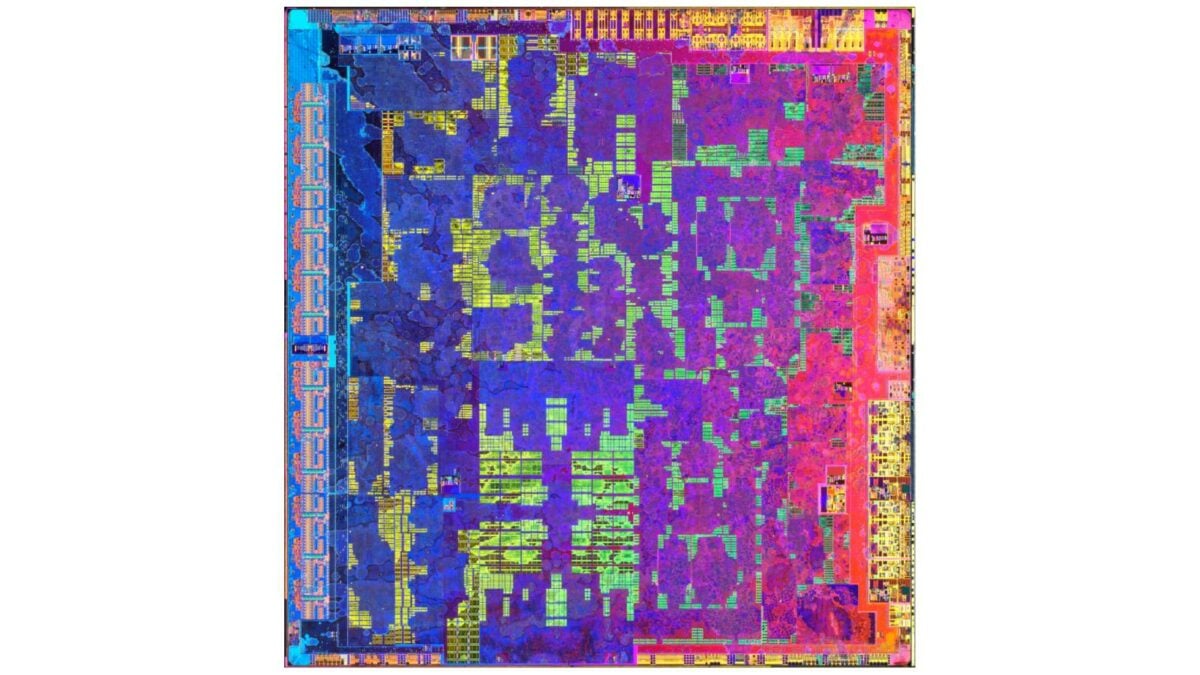
The original Nintendo Switch is built on a custom GM20B 20nm GPU, which is capable of producing a maximum possible output of 1280×720. At the time, over seven years ago, this was roughly in line with what you could expect from mobile hardware with few surprises deviating from the norm. For reference, the GM20B die is built into the Tegra X1 chip, which powered the Switch as well as similarly priced devices such as the the Nvidia Shield, Nvidia Shield Pro, Nvidia Jetson Nano, and the Google Pixel C, among others.
If you go to play a newly released Nintendo Switch game today, you may notice some serious slowdown in places. It’s particularly noticeable in multi-platform games compared to their Xbox Series X, PS5, and PC versions. It’s worth remembering that the Nintendo Switch was already underpowered when it was released in 2017 against PS4 and Xbox One, only to be further drowned out by PS4 Pro and Xbox One X. However, the gap has only been further widened by the PS5 and Xbox Series X since 2020.
The solution here is a new custom Nvidia chipset, which Nvidia could build using Ada or Blackwell architecture, depending on the size of the die used. Considering the £300 price point of the console, it’s possible we could see a custom GPU based on the AD107 die that powers the RTX 4060M. This GPU features 3,072 CUDA cores, 8GB GDDR6 VRAM, and a 128-bit memory bus. While the weakest of the current generation Ada lineup, this cost-effective graphics processor is capable of gaming at 60fps in 1080p ultra settings (via ShadowSeven on YouTube).
An equivalent or customised chip featuring a similar level of hardware would give Nintendo Switch 2 a leg up over its predecessor while allowing for the potential for ray tracing at 30fps and, most crucially, access to DLSS 3 Frame Generation. Nintendo could use this tech to upscale games to a higher resolution, such as 1440p when docked, which could place the system in a similar market to the Xbox Series S. However, the Japanese giant could go the other way and utilise an AMD APU like the Z1 or Z1 Extreme, but this could call backwards compatibility into question.
2. Steam Deck level of control settings
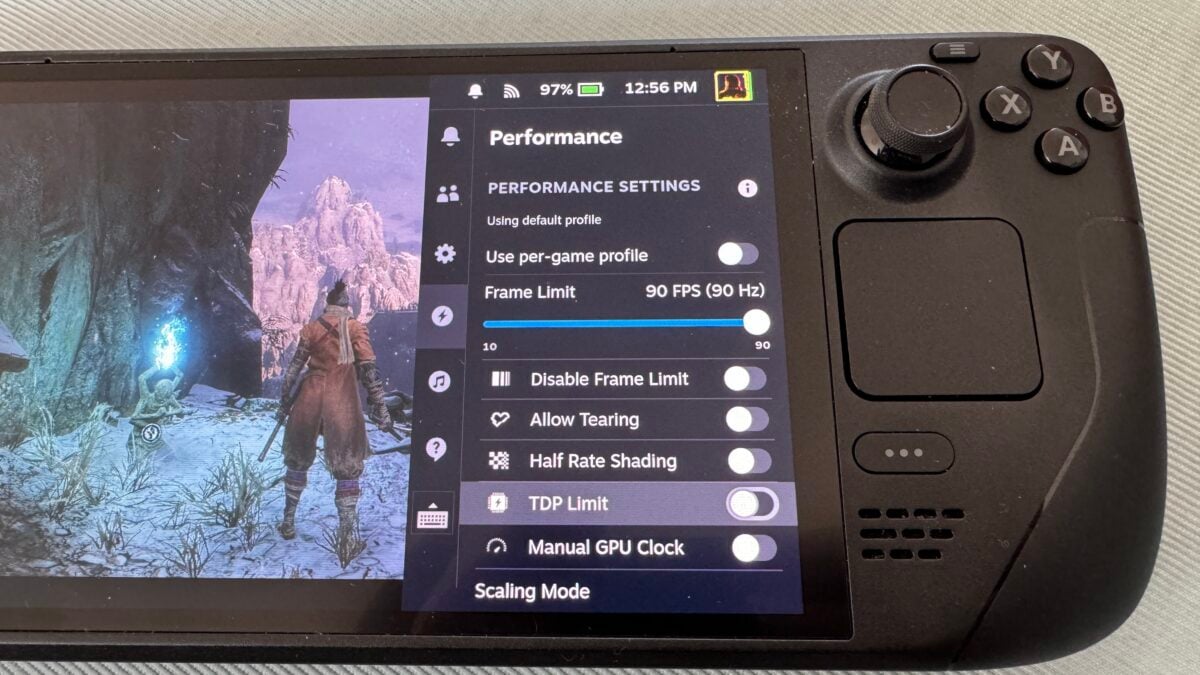
Steam Deck OLED (and other devices like the Lenovo Legion Go, Asus ROG Ally, and MSI Claw) give you the ability to alter your performance settings on the fly with a handy side menu. Through these settings, you can do things such as manually adjust the GPU’s performance, limit your framerate, and set thermal limitations which can go a long way to preserving battery life. You can also alter the resolution’s scaling options, which can mean changing from gaming around four hours to anywhere upwards to 12 if you’re careful.
Nintendo Switch 2 could greatly benefit from a menu like this, giving users a fine level of control. It’s not entirely out of the question for a console experience to have graphics settings after all. That’s because the PS5 and Xbox Series X will often let you choose between “Fidelity” and “Performance” modes, as well as enabling ray tracing usually at the cost of half the framerate. This would give you the autonomy to enjoy your games on the go or crank things up on AC power (such as docked) for the full-fat experience.
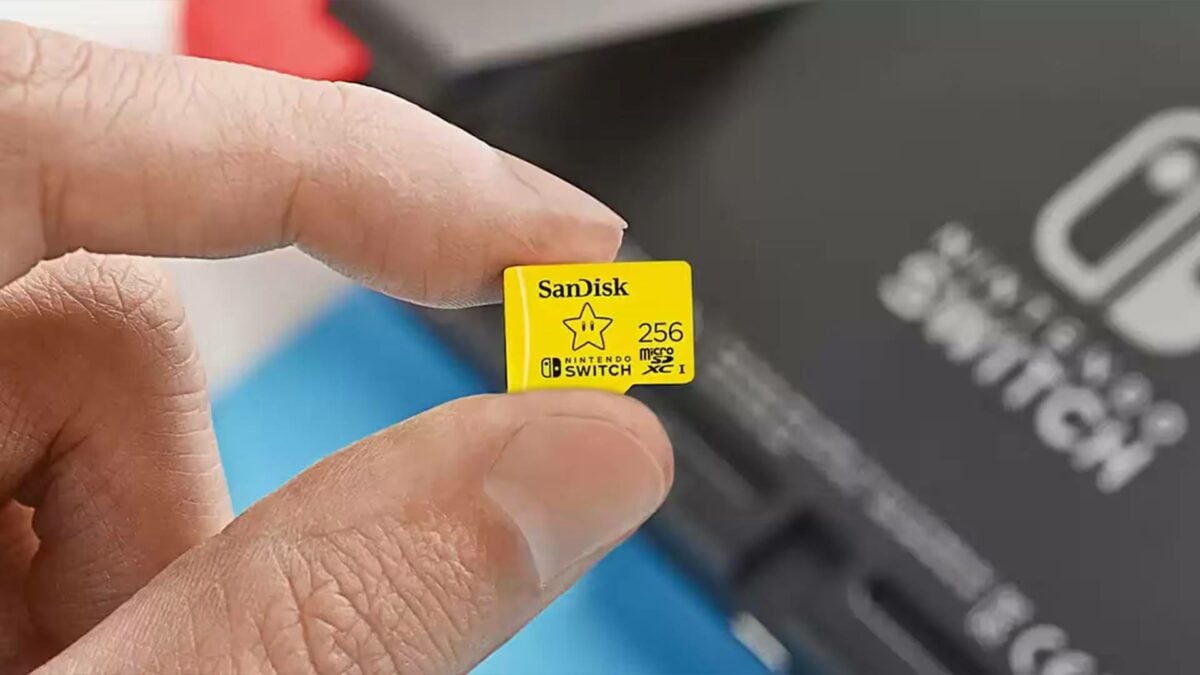
3. Larger storage out of the box
One of our biggest complaints about the Nintendo Switch is the paltry amount of storage, which has become more of an issue as the size of its games has increased. Invest in a standard or Lite model, and you’ll have just 32GB to download new and store your cartridge games. Switch OLED doubles this at 64GB, but that’s still going to quickly fill up quickly with larger games such as The Legend of Zelda: Tears of the Kingdom at a (comparatively) mammoth 18.2GB.
Nintendo made the smart decision to bake in expandable storage through a simple high-capacity SD card, the likes of which you can find fairly cheaply. You can pick up a compatible 256GB or 512GB model for around £25 and £50, respectively, with 1TB variants coming in at around £100, depending on the manufacturer. That’s great and all, but it solves a problem that Nintendo can circumvent by having larger eMMC or NVMe flash memory onboard. Since compatible tech is much cheaper now than in 2017, we’re hoping for a much larger storage solution as standard, especially as the games will no doubt be bigger in scope and file size.
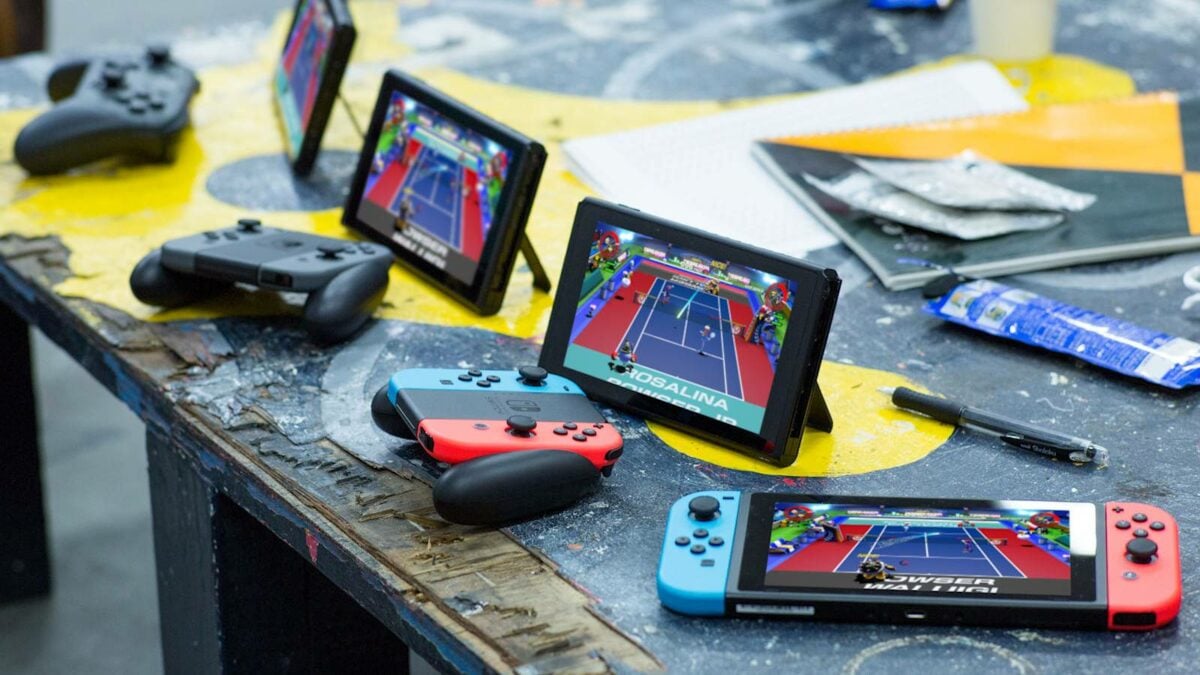
4. Hall effect sticks for the Joy-Cons
If you’ve had a Nintendo Switch for an extended period, you may have noticed your Joy-Cons may be experiencing drift. I certainly have, and it can be frustrating to have to correct the thumbsticks when you’re just trying to kick back and game. The solution, as third-party offerings like the Nitro Deck have offered, is to use Hall Effect sticks instead of traditionally soldered-in ones. Without a circuit there is far less to go wrong over time.
Hall Effect sticks are also smoother and allow for more sensitive feedback as there’s less interference. While we’re on the subject, we’re hopeful that Nintendo could bump the battery life up in the Joy-Cons. While the quoted 20 hours is fine, we want more. It’s unlikely that the brand will overhaul the motion sensors and HD rumbles. That said, if the Big N can get this right, there’ll be much to celebrate with a successor unit.
5. A better screen
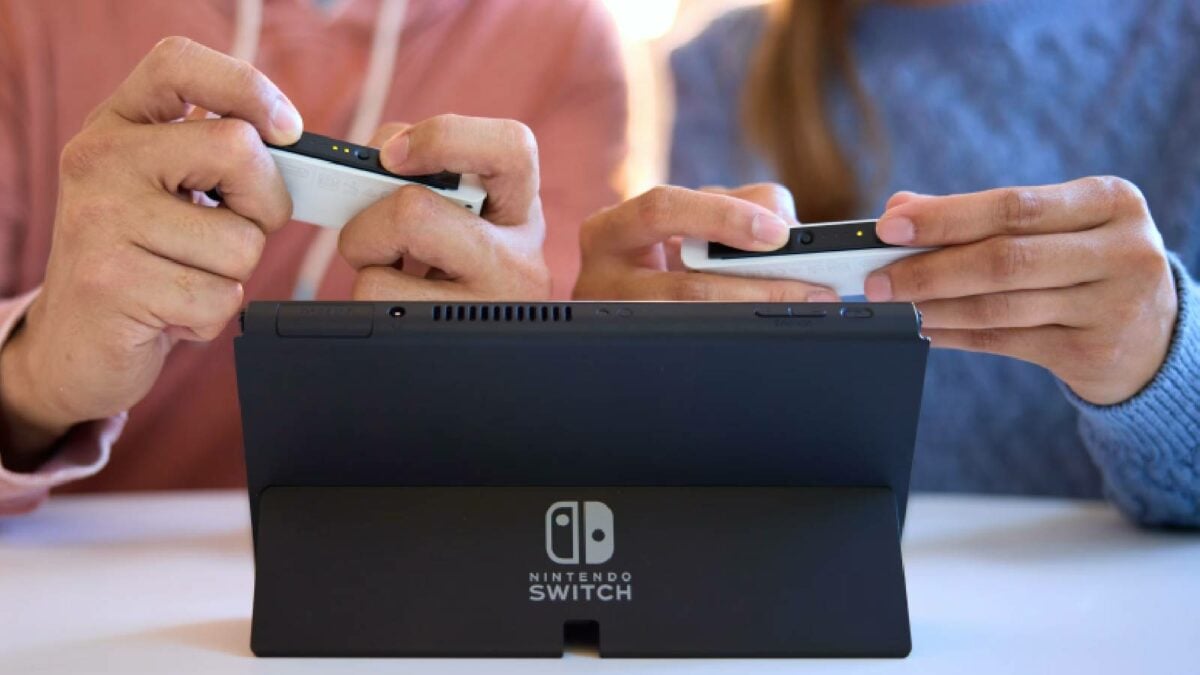
While 720p is fine for handheld use, we are hopeful that Nintendo Switch 2 will bump things up to 1080p as standard. This is currently the case with Asus ROG Ally and MSI Claw, which sport the resolution successfully. While diagonal HD can look good with an OLED screen, as the Steam Deck OLED’s 1280×800 display shows, a new custom APU could bump things up a bit more. It would make blowing things up on the TV from 1080p to 1440p far more viable, too.
There’s a slim possibility that Nintendo could follow the lead of the Lenovo Legion Go with a 1600p display but we’re fairly confident the Kyoto-based company will go for a more conventional resolution. It sounds as though the successor hardware will be more iterative than innovative, given the massive install base and game library, so a bigger and brighter display could be a real winner here. The Nintendo Switch OLED looks sharp in action with excellent colour contrast and deep blacks, so a continuation in 1080p would be excellent to use.









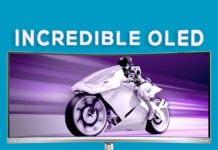

![Should you play Hades 2 in early access? Nemesis asks: Are you about ready to give in [to buying Hades 2 in early access]?](https://www.club386.com/wp-content/uploads/2024/05/Should-I-play-Hades-2-in-early-access-218x150.jpg)


